Here's a common dilemma for you: is it better to create a single, long page of content that would exhaust a topic completely? Or is it better to break it into many shorter pieces of content instead?
Sure, both approaches have their benefits. Long-form content, for example, assists with higher rankings faster. Having more pages, on the other hand, means that your site could rank for more keywords.
The real problem isn’t what type of pages to create but how to organize your site pages to gain the biggest SEO benefits.
This problem applies to SEOs and content managers alike.
In this post, we’ll discuss how site taxonomy affects SEO and how to organize your content assets to improve your site’s performance in search.
Click one of the methods listed below to jump to that respective section.
Two Site Taxonomy Methodologies
#1. Use Subtopics to Organize Your Content >
#2. Match Content to the Buying Cycle >
What is Website Taxonomy?
According to the official definition, taxonomy is the classification of something. As a branch of science, taxonomy primarily focuses on organisms, whereas search engines use similar ideas of information classification, too.
Therefore, website taxonomy is the way in which a site organizes content and classifies its pages. Website structure is a critical aspect of your digital marketing and organic search efforts.
The most common taxonomy you encounter in your work is the site architecture, alternatively referred to as hierarchical taxonomy.
Typically, it's arranged more or less like this:
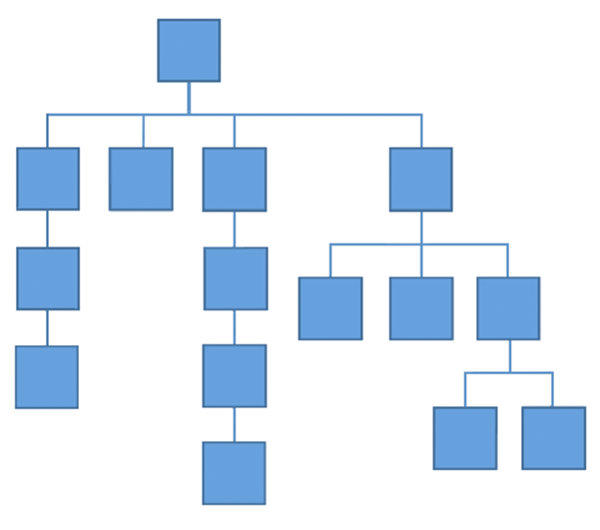
Hierarchical taxonomy (via Marketing Land)
With this website structure, the most important pages are located at the top and are easily accessible. Then, users filter down through the listed categories to locate more specific pages and the information they seek.
The type of taxonomy you use will depends on your industry. If you’re working on an ecommerce site, for example, you often work with a faceted taxonomy, in which an item can have a different set of attributes (just like a typical product could be classified by size, color, weight, and many other factors).
That structure looks like this:

Faceted taxonomy (via Marketing Land)
Some websites use a network taxonomy to groups content into hierarchical categories that link off to other categories or groupings. It looks like this:
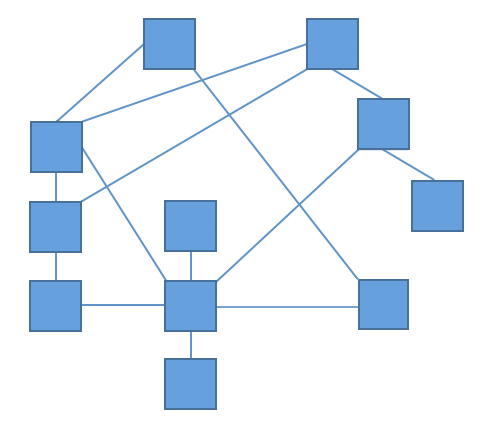
Network taxonomy (via Marketing Land)
Why is Taxonomy Important?
A clear information taxonomy makes content much easier for users to find, which creates a positive end user experience.
If your category pages, products, or other information are organized in a logical way, visitors will have no problems navigating to the right content to find what they’re looking for.
With a chaotic site structure, on the other hand, users might continuously end up with the information they don’t need.
Take an ecommerce brand selling shoes, as an example. If the store’s products are organized in a clear way that their visitors are accustomed to (i.e. by size, color, type, etc.), searchers will have no difficulty in navigating to the pair they want.
If a customer is looking for running shoes, they’ll know that they need to look under a sports category page on your site.
If they need semi-casual shoes for work, they’ll probably start with the gender and then work their way through shoe types, etc.
Imagine if, instead of the traditional way of categorizing shoes, you used a different labeling system. Your customers would most likely get confused and be unable to find products they need. As a result, they’d probably leave the store pretty quickly (and empty-handed at that, which is not ideal for your conversion rate).
This is why having a clear and understandable taxonomy structure is vital for end user satisfaction.
Remember: SEO should be thought of as search experience optimization, so everything about a site must be brought back to user friendliness. Plus, a site that offers a positive experience and structure can also be beneficial toward link building efforts.
Taxonomy also makes your pages easier to get indexed and classified by search engine crawlers. Granted, Googlebot won’t look for patterns in information. It will, however, follow the taxonomy to index all relevant information about a product or topic.
With a consistent taxonomy, Googlebot will be able to access all the information it needs, creating a harmonious site with convenient usability. A flawed taxonomy will result in users dropping off before they've had a chance to access all the content.
For more information on Googlebot's ability to crawl and index your content, take a look at our blog post on how to prioritize technical SEO tasks.
Lastly, having a clear and organized site structure can help avoid duplicate content. If everything is organized in a clear network of content, you'll know what already exists on your site.
TIP: Including unique title tags, H1 tags, metadata, etc. for the site pages has an important effect on taxonomy. Not only does this information describe the pages to the search engine, but it also informs the end user on the contents of the page. (A site audit can detect any issues with metadata, title tags, etc.)
How Do You Create a Taxonomy for a Website?
There are two main methods to create a website taxonomy. The first is categorizing content into subtopics, while the second involves mapping content to the buyers' funnel.
Method #1: Organize Your Content Into Subtopics
Let’s start with a more complex method.
Whenever you intend to create content on a large topic, start by breaking it down into smaller subtopics.
You can think of them as particular, highly specific aspects of the topic.
Take the topic “SEO,” for example. If you’re an agency offering SEO services, then you could create a single page that encompasses everything a potential customer would need to know about it.
Content on this page could include the benefits of organic search, typical results customers could expect, timeliness, general tasks and processes, and so on.
Or you could split the topic into separate sections, and build individual pages for SEO-related subtopics. In this case, your categorization of topics would look like this:
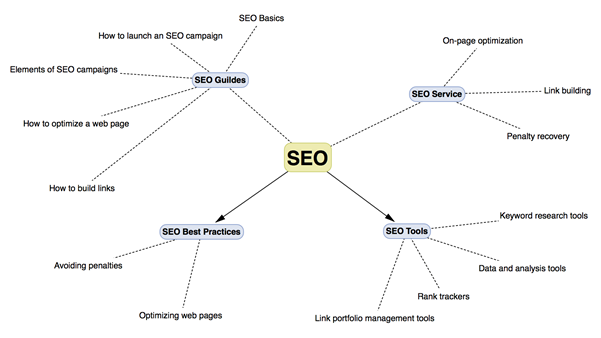
Of course, the above is just an example of a topic cluster. However, it helps to illustrate how to break a single topic into many topics, categories, and individual landing pages.
Taxonomy such as this would help a person quickly identify the information they’re looking for.
If they seek specific content about your services, they could look under that section to learn more about what you do.
For advice on what’s involved in getting SEO strategy off the ground, they’d look at the guides or best practices sections, and so on.
You should then build internal links between these clusters of related content to strengthen your pages' authority.
Method #2: Match Content to the User’s Buying Cycle
This method is a simplified variation of the previous one I described.
Instead of breaking topics into subtopics until you exhaust all the possibilities, you match the information to the person’s stage of the buying cycle.
This method allows you to create fewer types of content while still organizing them in the most logical way.
Here, let me explain.
Most of your visitors fall into one of three categories.
- They could be looking for information that would allow them to better understand the problem they’re experiencing. They’re at the Awareness stage of the buying cycle. Their goal is to learn as much as possible about the problem, and discover if any solution could help them.
- The second group already knows everything about the problem. They now look for information that would help them research potential solutions. We refer to this stage of the buying cycle as Consideration. These users will look at your product pages, sales pages, and try to justify their idea to buy from you.
- Finally, once they evaluate all potential solutions, they’ll make a buying decision. This third stage of the buying cycle is called Decision.
What’s important, all these people will seek different information. People in the first group will most likely seek advice.
The second group will review sales and product pages, while the third will focus on materials that will help them make a buying decision.
You could, therefore, conduct keyword research to create new content that addresses those different stages of the buying cycle, and classify the content to match those specific needs.
You could add all educational content into one category (e.g. BLOG or RESOURCES), have information about your services to reside in another section (e.g. SEO or SERVICES), and create a third category for pages that would convert a visitor into a lead (e.g. HIRE US).
Closing Thoughts
Site taxonomy might not seem like the most important factor affecting your site’s performance analytics or your SEO, however, poor content classification could lead to poor user experience and indexing issues — both of which result in lower rankings in the search results and a decreased conversion rate.
As an SEO or content manager, you should care just as much about classification and information architecture as you care about the site's content.
It all comes back to search experience optimization, after all.
SEOs wear many hats, so you can't just be a content creator — you also have to think of yourself as that information architect who properly categorizes the site to be as user friendly as possible.
If you're ready to give your site updates in order to improve your user experience and solve indexing issues while making your pages more easily classifiable, explore our platform today.
You'll help your audience reach that third stage of the buying cycle and make the right decision on what you have to offer in no time with seoClarity.




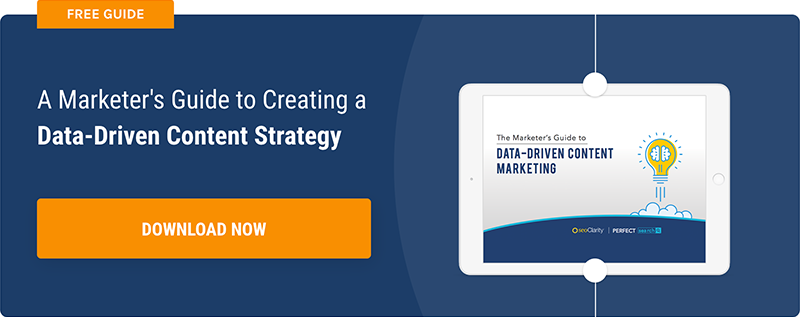

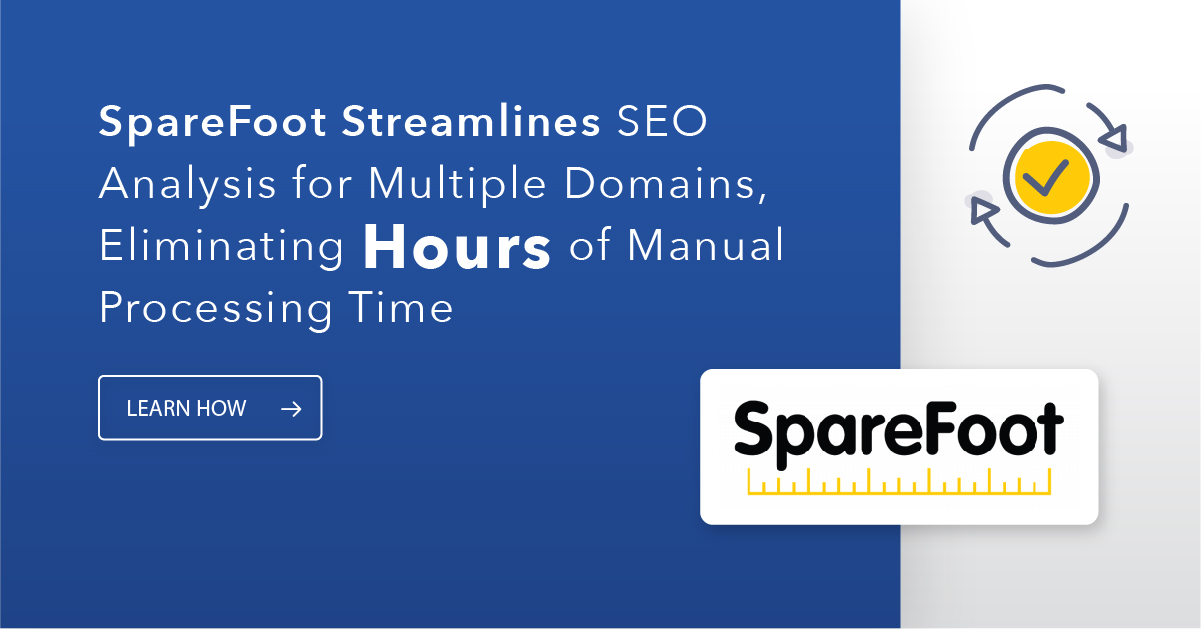
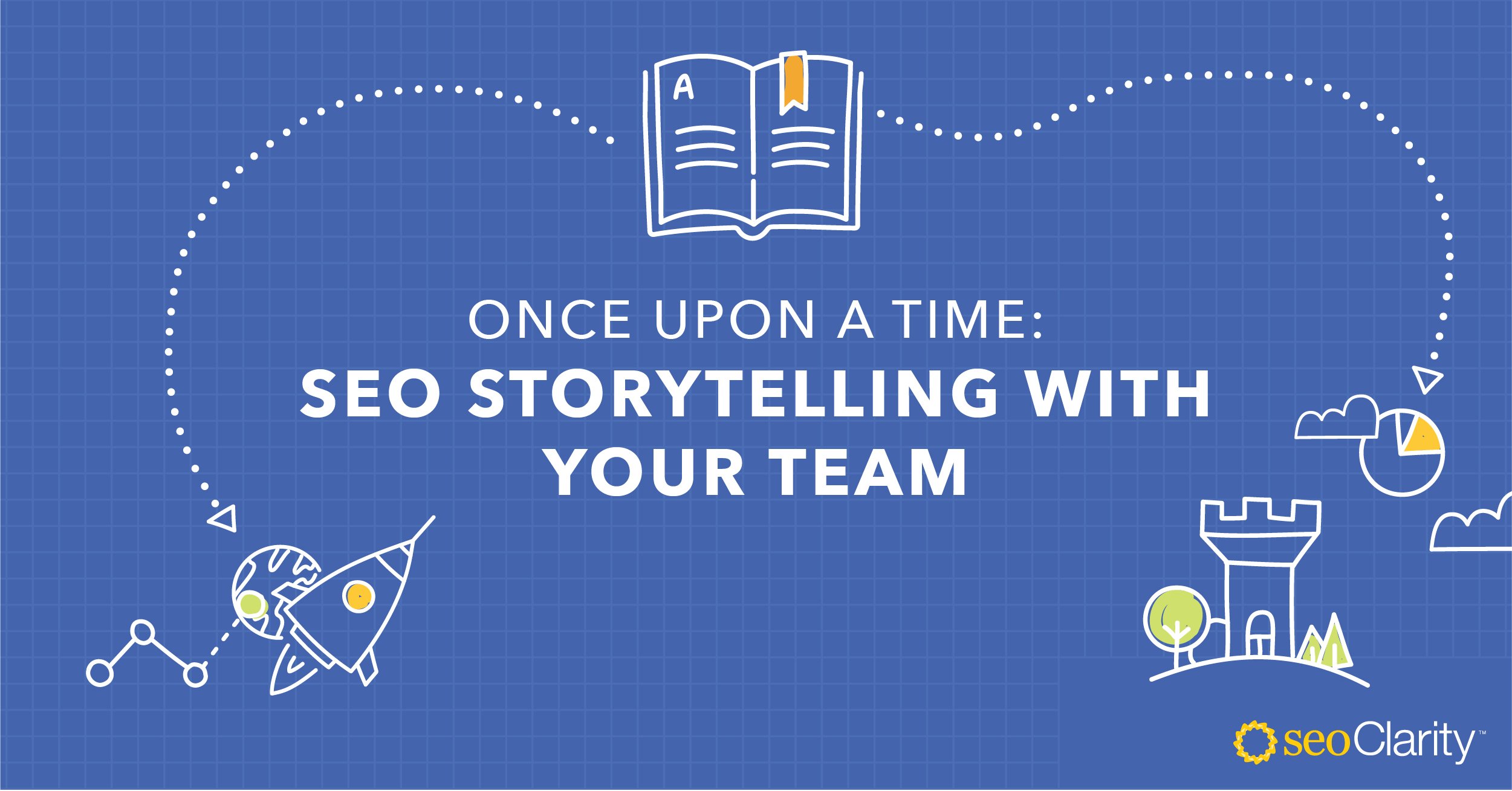
6 Comments
Click here to read/write comments